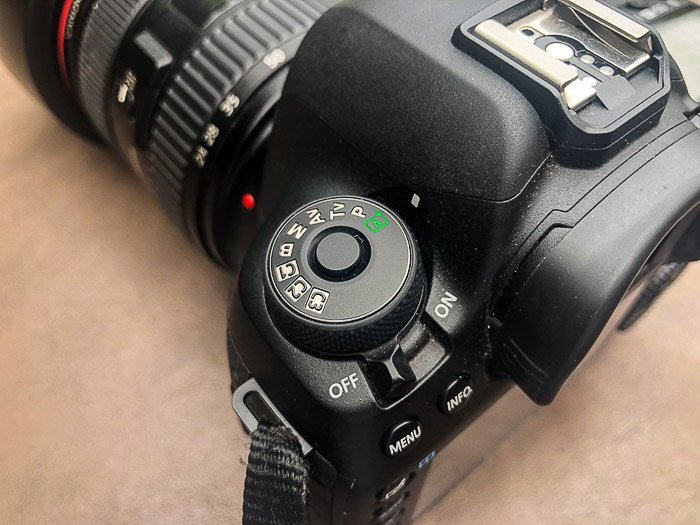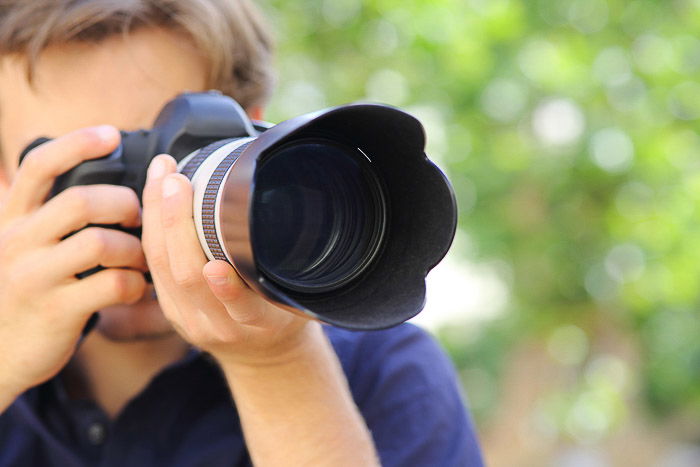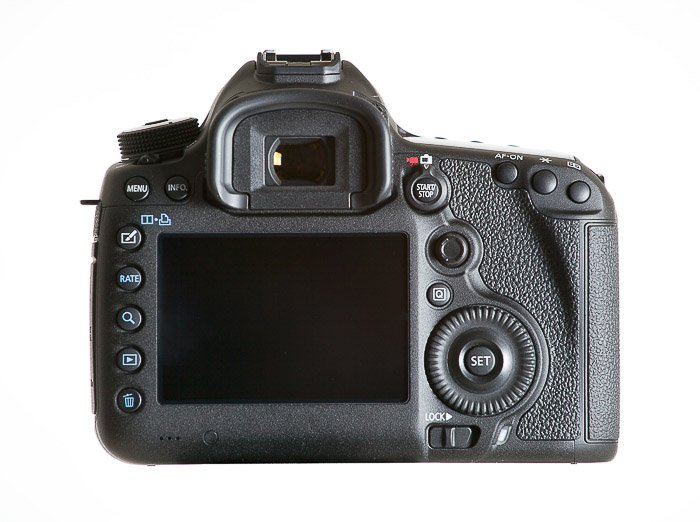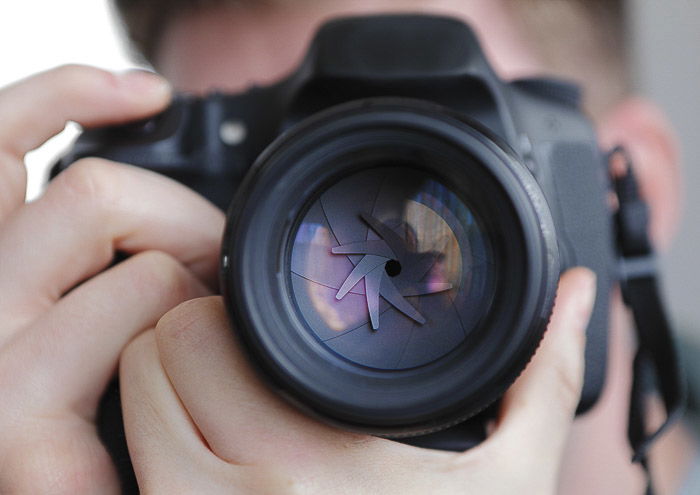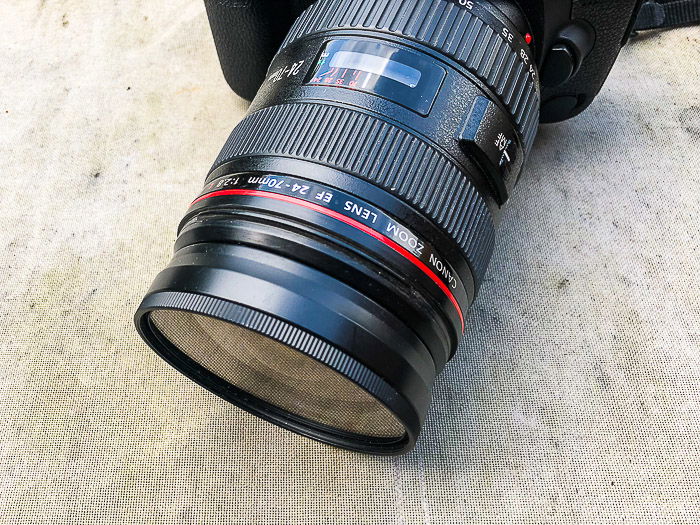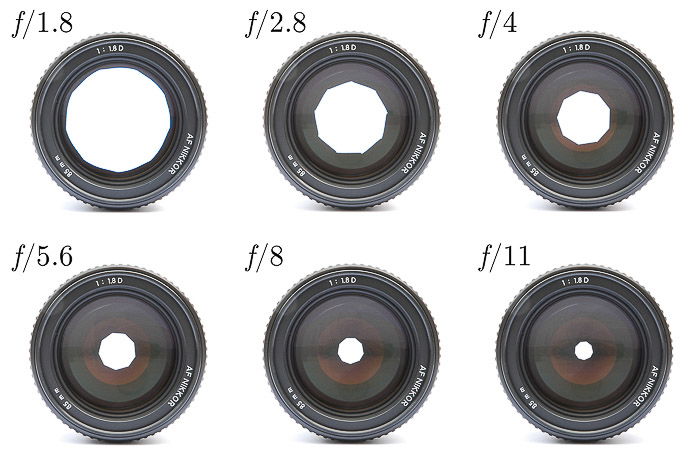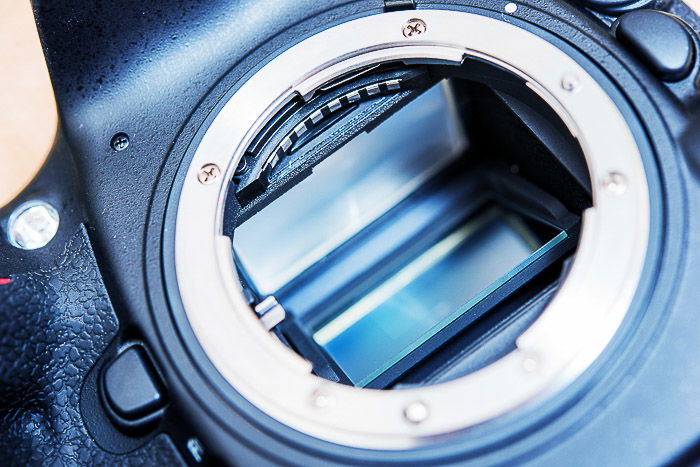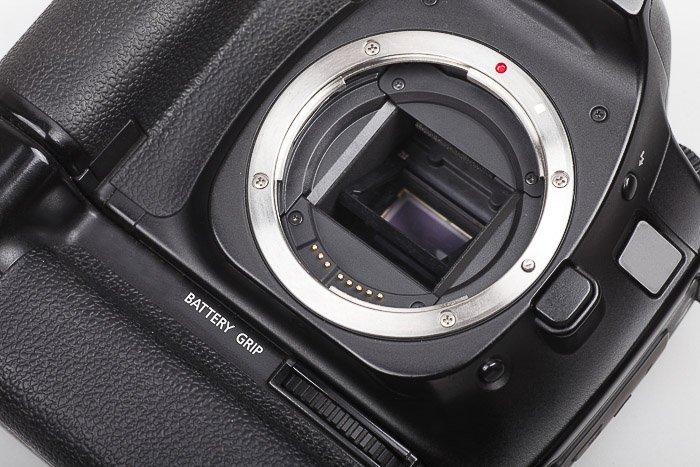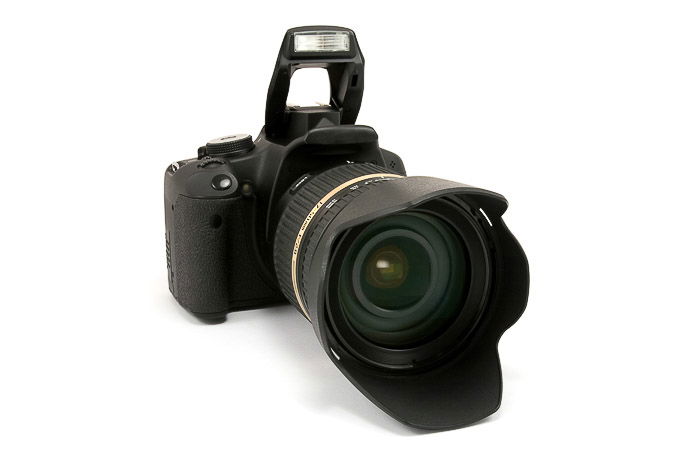Parts of a Camera: The Viewfinder
The viewfinder is a small window on the back of the camera that allows you to look through and compose your image. The benefit of using a viewfinder instead of looking on a digital LCD screen is that external light is reduced. This allows you to see the subject and scene in the truest light and without distraction. Some cameras, such as point and shoot cameras, don’t have viewfinders. Instead, they have an LCD screen you can use to compose the image.
LCD Screen
All modern cameras will have some sort of LCD screen that will allow a whole host of functions to be accessed. You will be able to see and compose your image before taking the picture using a “live mode”. You can review images you have taken and also see information like the histogram on there. Often this is also the screen that will allow you to see and choose your settings. Some LCD screens can be tilted to make it easier to see when photographing at awkward angles (such as low down).
Shutter Release Button
Depending on what camera you have, you will often find a whole host of buttons on the back and top of the camera. All these will have a function and use but the most important one is the “shutter release” button at the top. Pressing this button half-way down often focuses on the subject that you are pointing at (unless you are using the “back focus” button). Pressing the button all the way down takes the picture. The other buttons on the camera will allow you to control various elements. These are things such as ISO, point of focus, white balance, shutter speed, aperture and many more.
Camera Lens
One of the most vital components of photography is the camera lens. Basic point and shoot cameras will come with a built-in lens that can not be changed. But even entry-level DSLRs will have an interchangeable lens to suit the shoot. There are two main types of lenses. Zoom lenses allow you to zoom in and out between a set focal range (i.e. 24 – 70mm). Whereas prime lenses are fixed at one focal length (i.e. 50mm). Lenses will vary dramatically in price depending on the quality and specification. In fact, it won’t be unusual to find high-end lenses being more expensive than the camera body itself.
Aperture
Every time you click to take a photo, a mechanical process occurs in the lens and camera. One element of this process is the opening and closing of the shutter that allows light into the camera. The bigger (or wider) this opening is, the more light enters. If the opening is smaller, less light will pass through. The amount of opening is represented by an f-number. Now, this is where it gets tricky. The higher the f-number, the smaller the opening and the smaller the f-number, the bigger the opening. So f/2.8 is a much wider aperture than f/22. The reason why this is so important is that aperture along with ISO and shutter speed form the exposure triangle. These three settings ultimately determine how your image will be captured by the camera and lens.
Mirror
You might be surprised to know that inside DSLR cameras there is also a mirror. This mirror reflects the light from the scene or subject in front of you to the viewfinder. So when you look through it, you see a live view. When you press the shutter button, this mirror flips up and back down again to expose the sensor to the light, hence capturing the image. This is why when you take a photo on a DSLR camera, the viewfinder goes momentarily dark. The mirror is no longer reflecting the light. There is also a wide range of cameras called “mirrorless” cameras. These do not have this mirror and instead, the sensor is continuously exposed to the light. When you look through the viewfinder on one of these cameras you see a digital preview of your image.
The Sensor
Every digital camera will have a sensor. This device is what captures and converts an optical image in the form of light to an electronic version (i.e. a digital image). There are different types of sensors but the two most common are CCD and CMOS. To make things even more complicated there is also a variety of image sensor sizes as well. The important thing to remember is that this is the heart of the camera and the most important element. So, make sure it doesn’t get damaged otherwise you’ll be looking at an expensive repair bill.
Flash
Most cameras will come with a built-in or pop-up flash these days. For those that don’t come with one, like the higher end DSLR models, you can attach a flash to the hot shoe that sits above the viewfinder. External flashes that attach to the hot shoe will give you more flexibility as you can place them in other places. You can then fire them off with a remote that sits on the hot shoe. The downside of these is that there is an additional cost involved in actually purchasing one.
Tripod Socket
Most professional photographers would put a tripod at the top of their list of accessories for a digital camera. Often if you want to capture the best possible photo, in the best possible light, you will need a tripod. If you turn your camera, you’ll see a hole at the bottom where you can attach your tripod. But remember that not every camera is suitable for every tripod. Make sure that the tripod you are going to be using can handle the weight of your camera and heaviest lens.
Conclusion
These are just some of the main camera parts that you will find in most digital cameras these days. But if you want to become an expert, you need to spend time learning about each component, function, and option that you can change in your camera. After that, you should spend time practicing with those functions so that you can find when and how to use them best. There is tons of information online that can teach you all you need to know about the different parts of a camera for any type of camera. But for the time being, this quick guide should help you get started.
